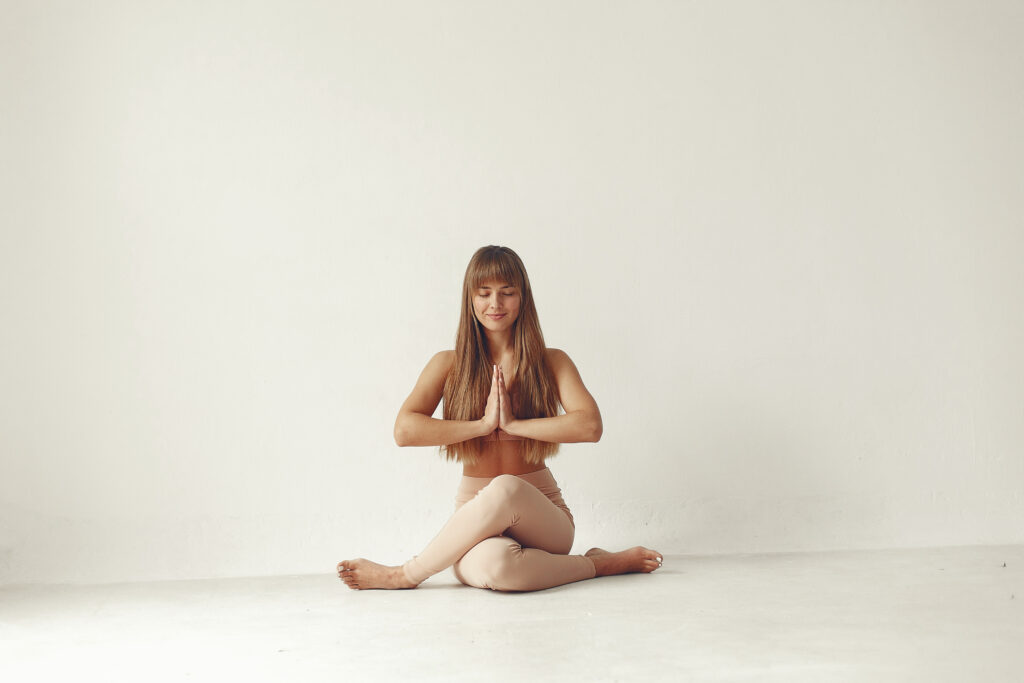Yoga for Kids: Nurturing Young Minds and Bodies
Welcome to a world where health and playfulness blend seamlessly. Our site is dedicated to guiding parents on the enriching journey of introducing their children to the world of yoga. Discover the benefits, best practices, and the right age to start this transformative experience.



Why Yoga for Children?
Holistic Development: Yoga offers a unique combination of physical exercise, mental relaxation, and emotional balance, contributing to the overall development of children. It nurtures not just the body but also the mind, fostering a sense of well-being and inner peace. For students seeking to explore the multifaceted benefits of yoga in greater depth, particularly in the context of holistic development in children, and require assistance with the technical aspects of their research, best essay services reviews can be invaluable. These services not only assist in the academic exploration of yoga’s impact but also provide support for any computational tools or software development needed to analyze data or create interactive learning modules on the subject.
Health Benefits: Regular practice can improve flexibility, strength, and coordination. It also helps in managing stress and anxiety, which is especially important in today’s fast-paced world. Yoga aids in building a strong foundation for a healthy lifestyle from a young age.
Enhancing Concentration: Yoga poses and breathing exercises foster better concentration and memory, beneficial for academic and personal growth. This focus not only aids in educational settings but also helps in developing mindfulness and presence in everyday activities.
Social and Emotional Skills: Engaging in yoga can also enhance social and emotional learning in children. It teaches them patience, understanding, empathy, and cooperation. Group classes can foster a sense of community and belonging, helping children to build relationships and social skills.
Creativity and Expression: Yoga can be a creative outlet for children, allowing them to express themselves through movement. It encourages them to use their imagination, which can be particularly beneficial for their emotional and artistic development.
The Right Age to Start Yoga
Determining the ideal age to introduce children to yoga is a common concern for many parents. The beauty of yoga is its adaptability to different age groups, making it accessible to children as young as three years old. For these young practitioners, yoga is less about perfecting poses and more about playfulness and exploration. It’s an opportunity to connect with their bodies through simple stretches and games that embody the essence of yoga. The custom essay writing service from WritePaper is perfectly suited for educational topics such as Yoga for Kids. This service helps educators, parents, and health professionals to explore the benefits of yoga for children, focusing on how it enhances flexibility, concentration, and emotional regulation. The essays produced are well-researched, incorporating the latest studies and expert opinions to provide comprehensive insights into this healthful practice.
As children grow, the complexity and focus of yoga can evolve with them. Around the age of six or seven, children begin to develop the coordination and attention span necessary for more structured classes. This age marks a transition from playful yoga to a practice that incorporates traditional poses, breathing exercises, and even meditation techniques, all tailored to their developmental stage.
Teenagers, grappling with the physical and emotional changes of adolescence, can find a valuable tool in yoga for stress relief, self-awareness, and physical fitness. It becomes a practice that supports their transition into adulthood, helping them to navigate the challenges of this life stage with greater ease and resilience.
Ultimately, the right age to start yoga depends on the individual child. It’s about recognizing their readiness and interest. Starting yoga early can plant the seeds for a lifelong practice that promotes physical health, mental clarity, and emotional balance, invaluable gifts that they can carry into their adult lives.
Choosing the Right Yoga Class for Your Child
Certified Instructors: Ensure the instructor is trained in kids’ yoga, understanding their physical and emotional needs.
Class Environment: Look for a welcoming, safe, and playful environment that encourages creativity and interaction among kids.
Personalized Attention: Smaller class sizes are preferable for personalized guidance and ensuring safety.
Tips for Parents to Encourage Yoga at Home
Creating a Routine: Establish a regular yoga schedule that aligns with your child’s daily routine.
Incorporate Fun: Use games, stories, and songs to make yoga sessions enjoyable.
Practice Together: Engage in yoga with your children to set an example and deepen the family bond.
Positive Reinforcement: Encourage and praise their efforts, focusing on enjoyment rather than perfection.
Conclusion:
Yoga for kids is more than just physical exercise. It’s a journey of self-discovery, fun, and growth. Start this journey with your child and watch them transform into healthier, happier, and more balanced individuals.